VERY RARE! WWII 1944 Battle of Peleliu Operation Stalemate II CONFIDENTIAL Combat Intelligence Invasion Map & Intelligence Report (Double-Sided)
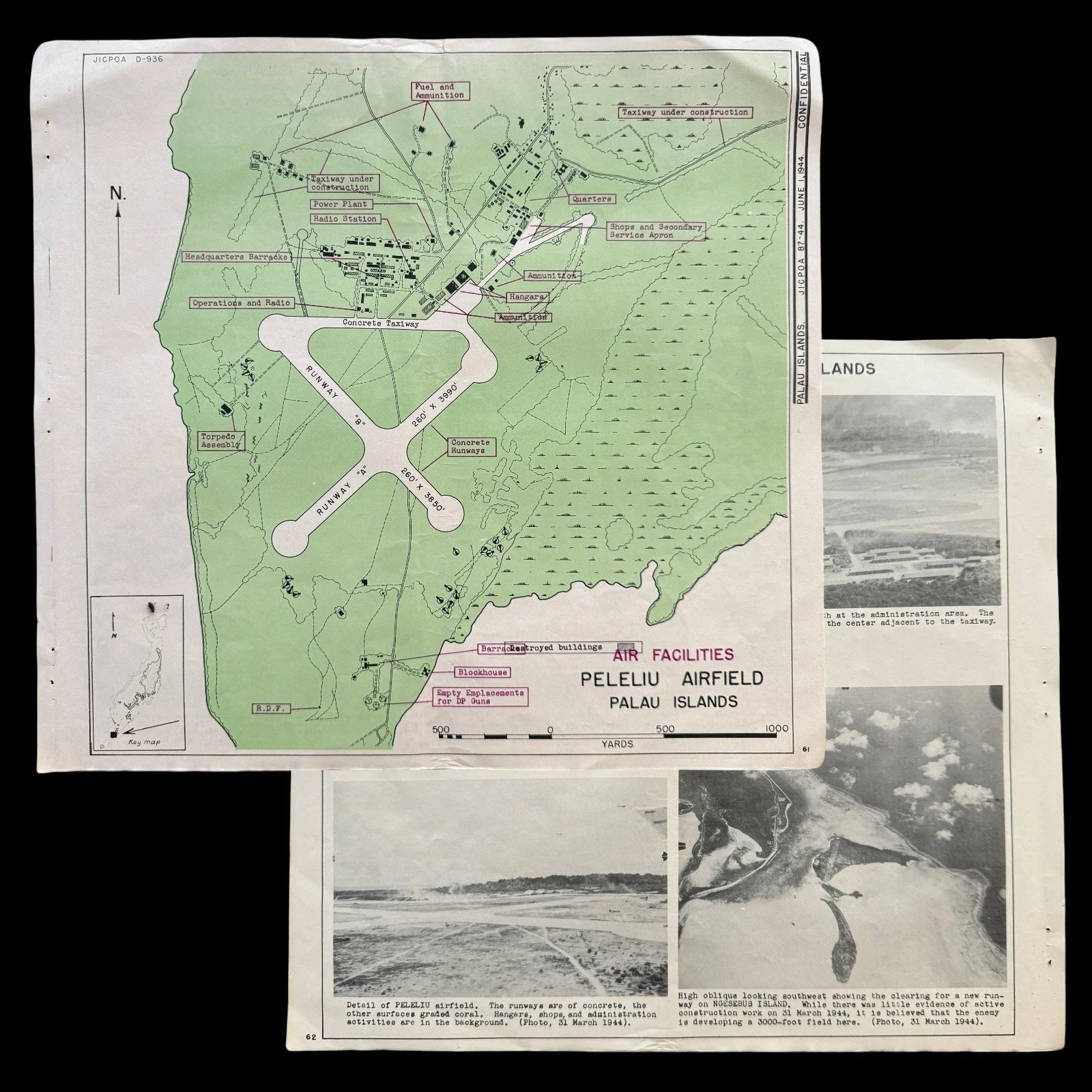


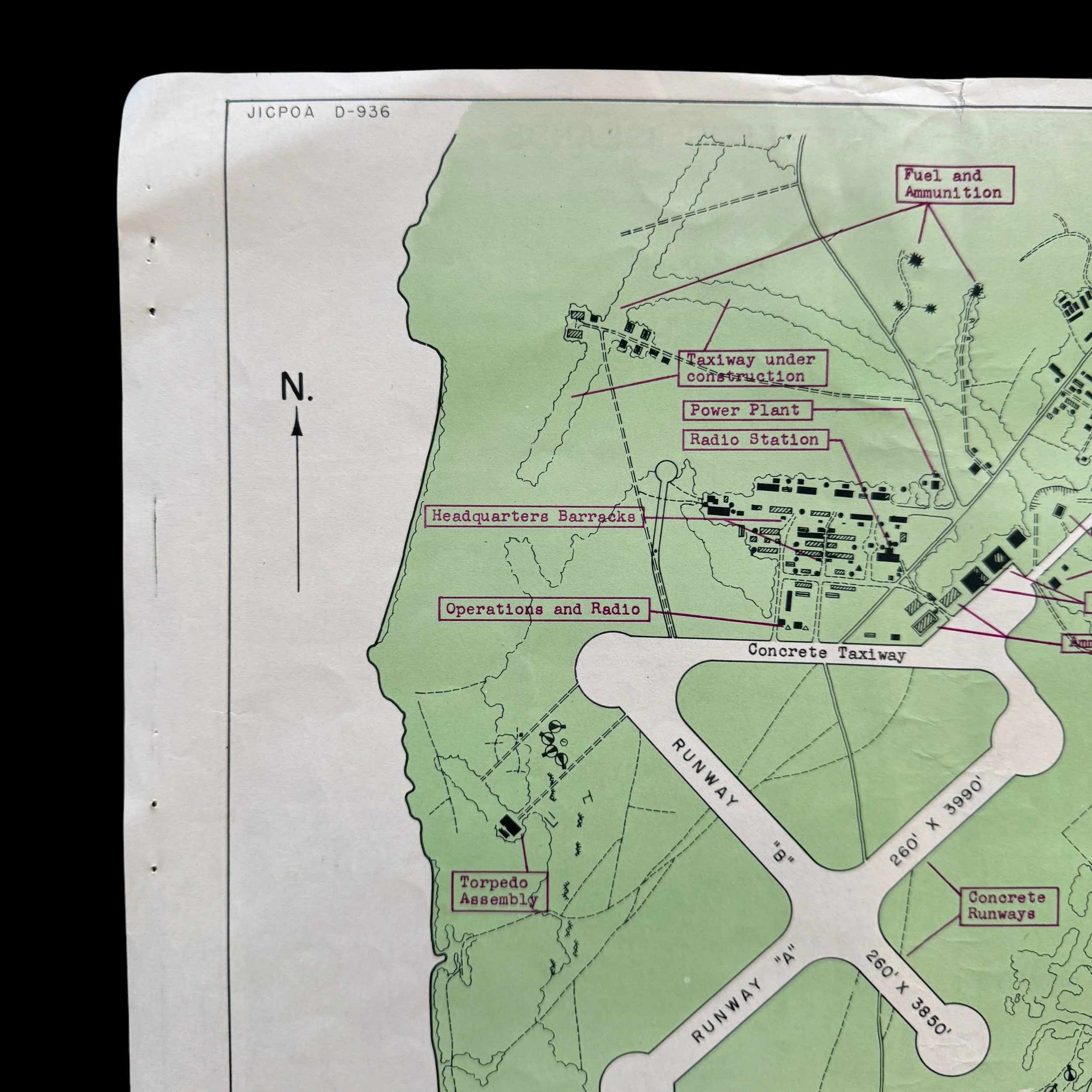
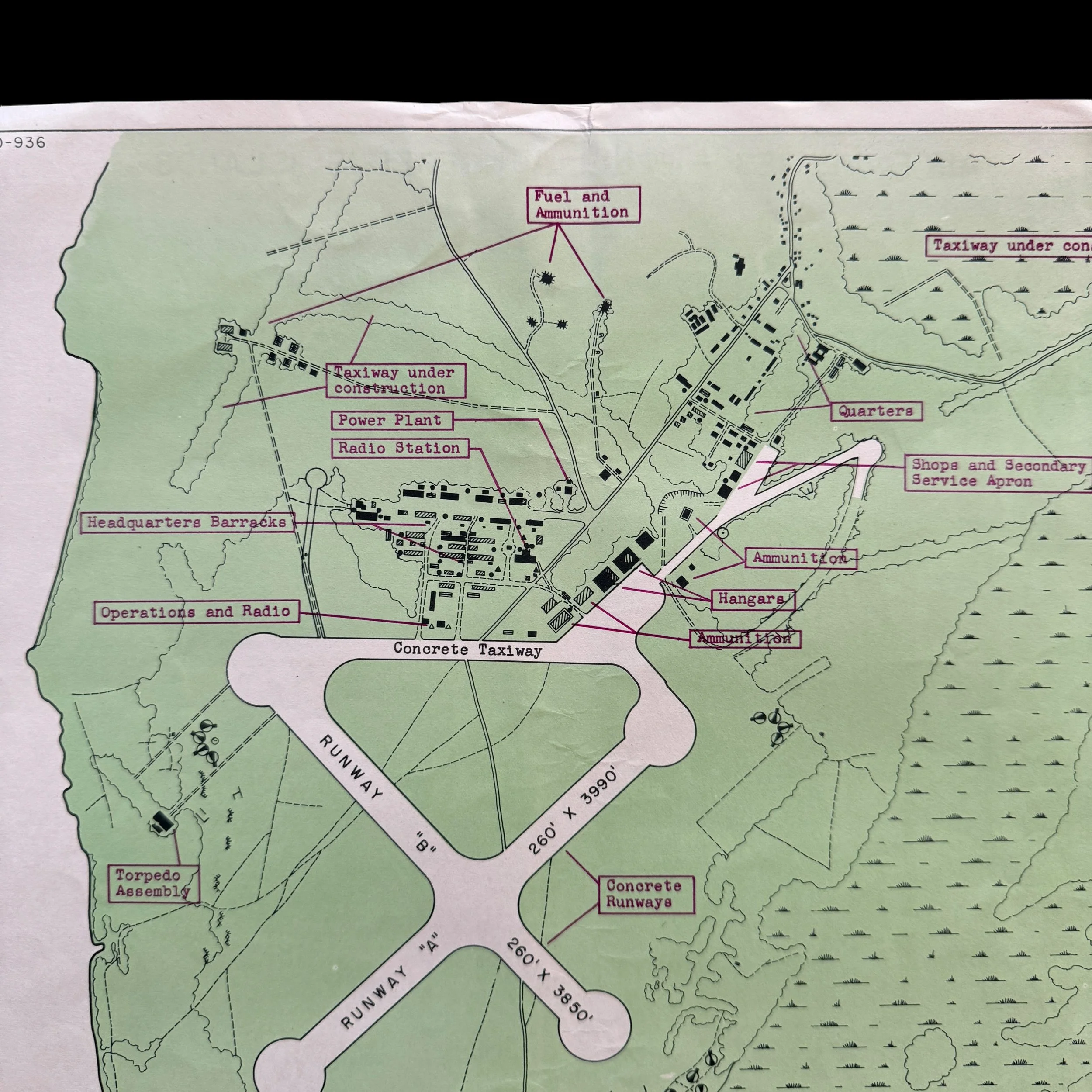
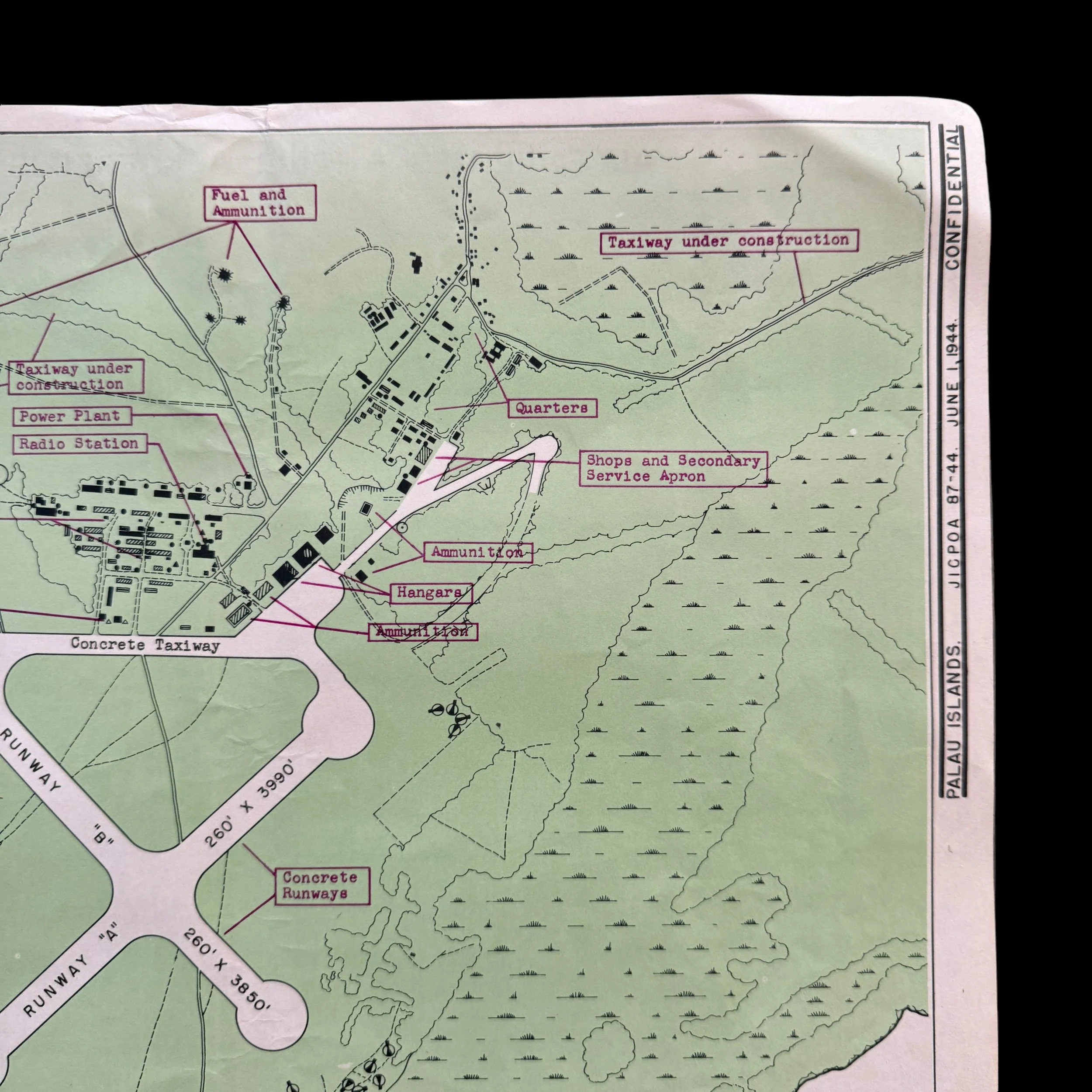
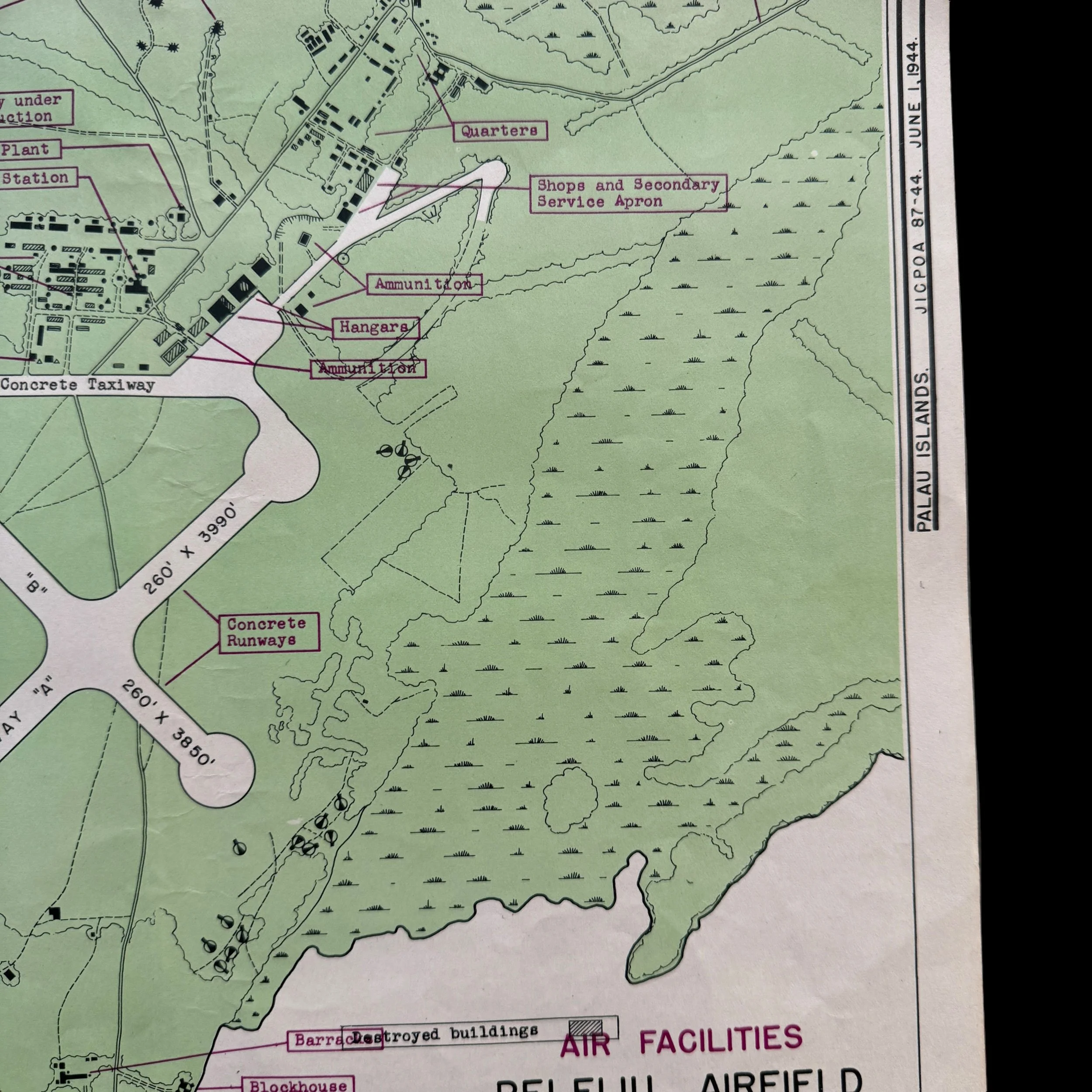
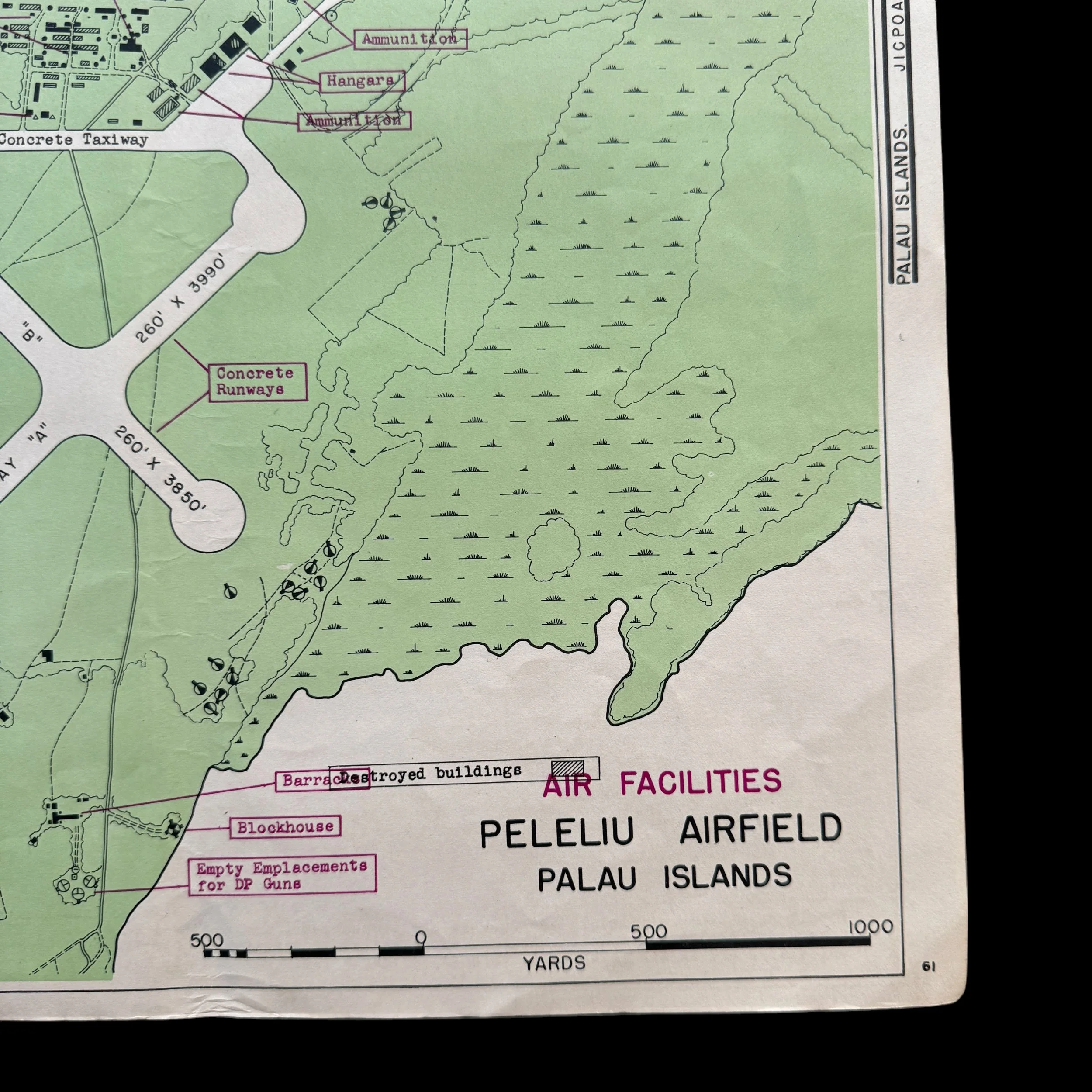
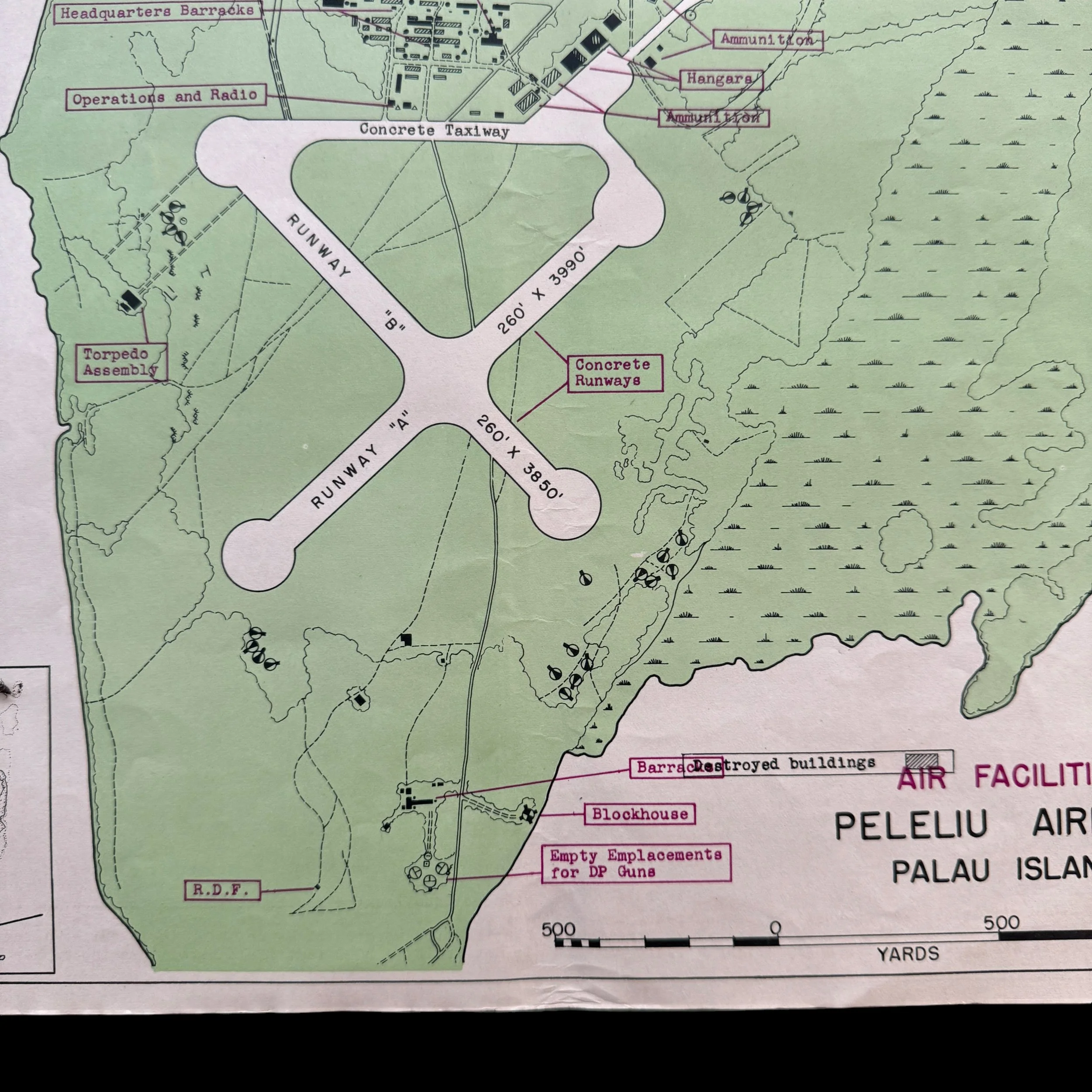
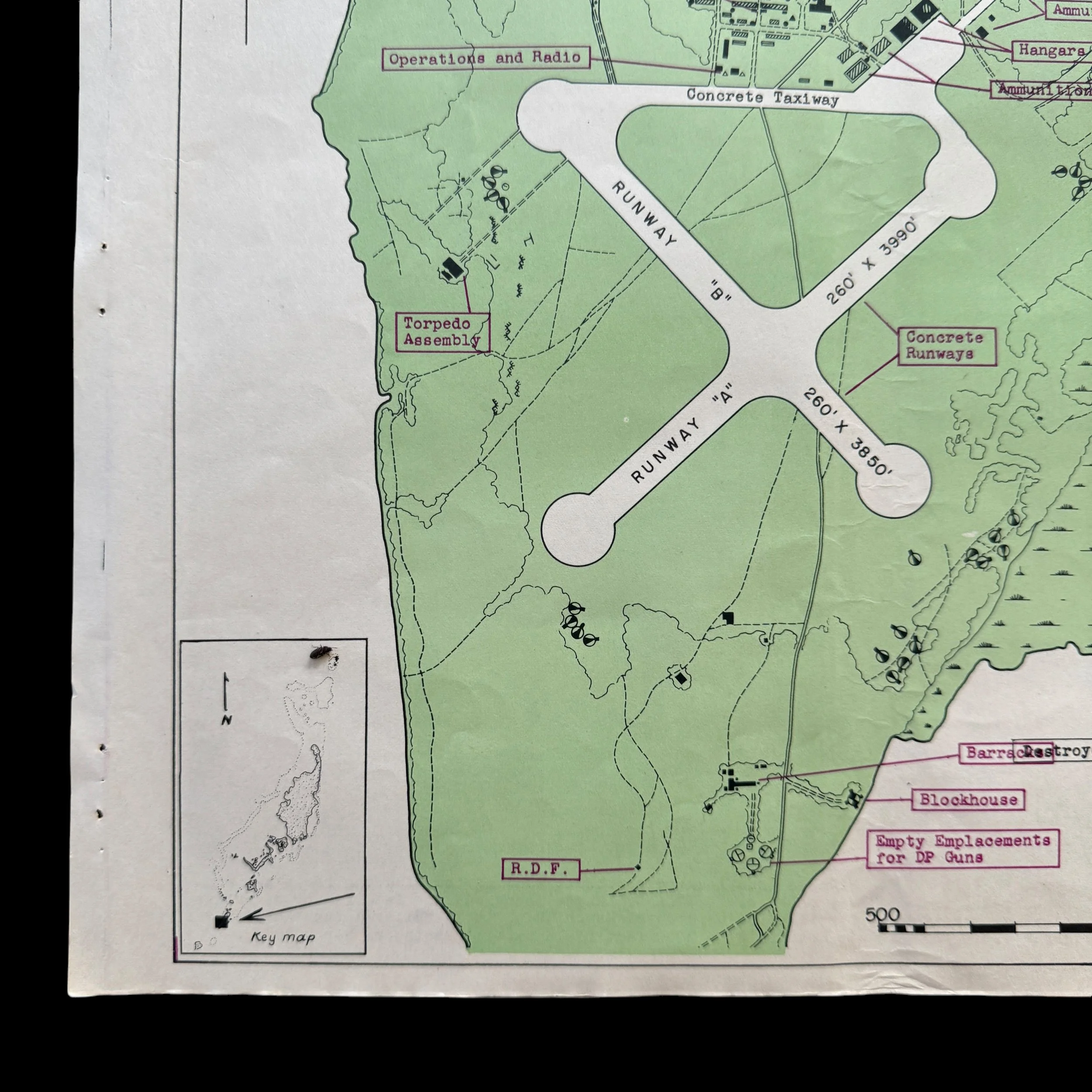
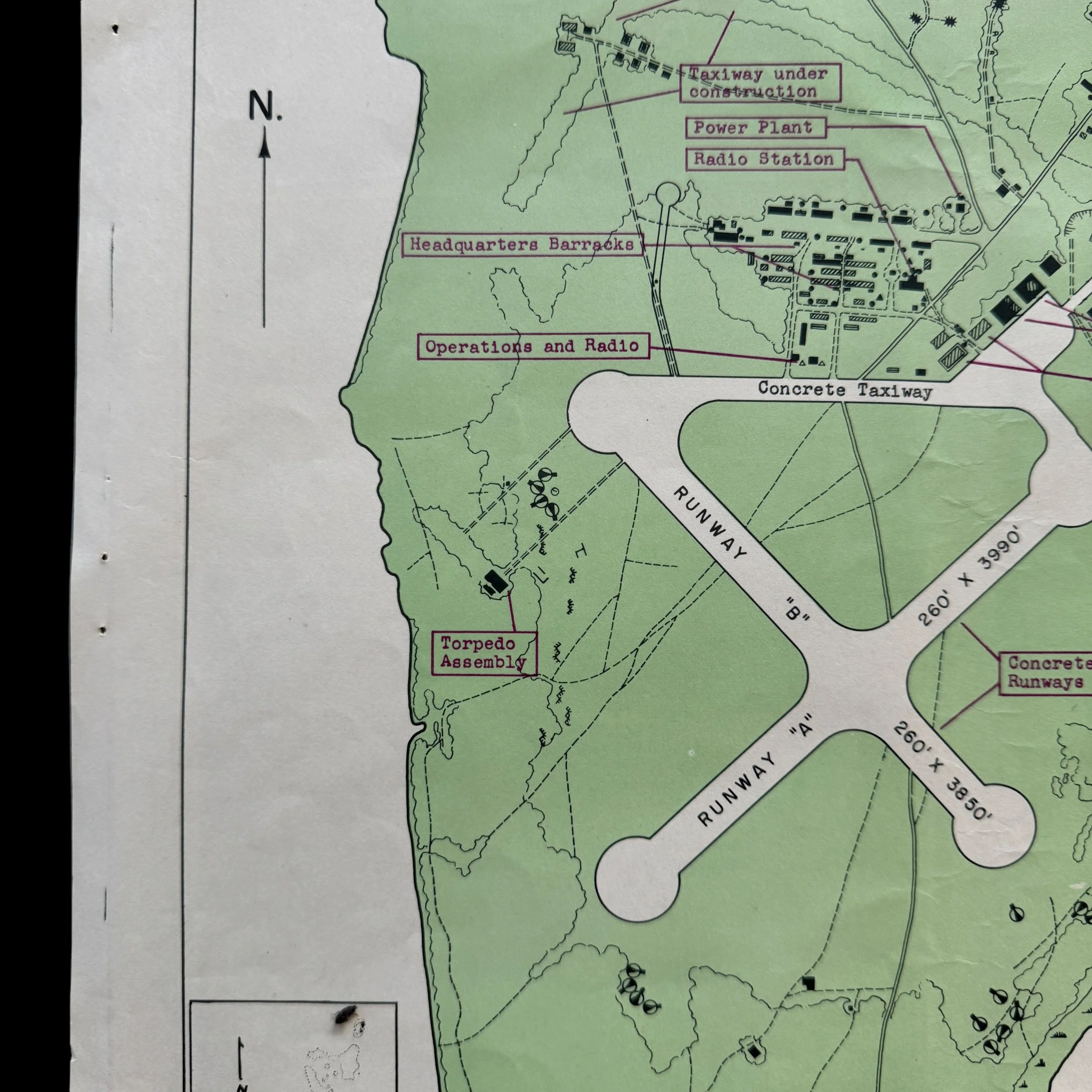

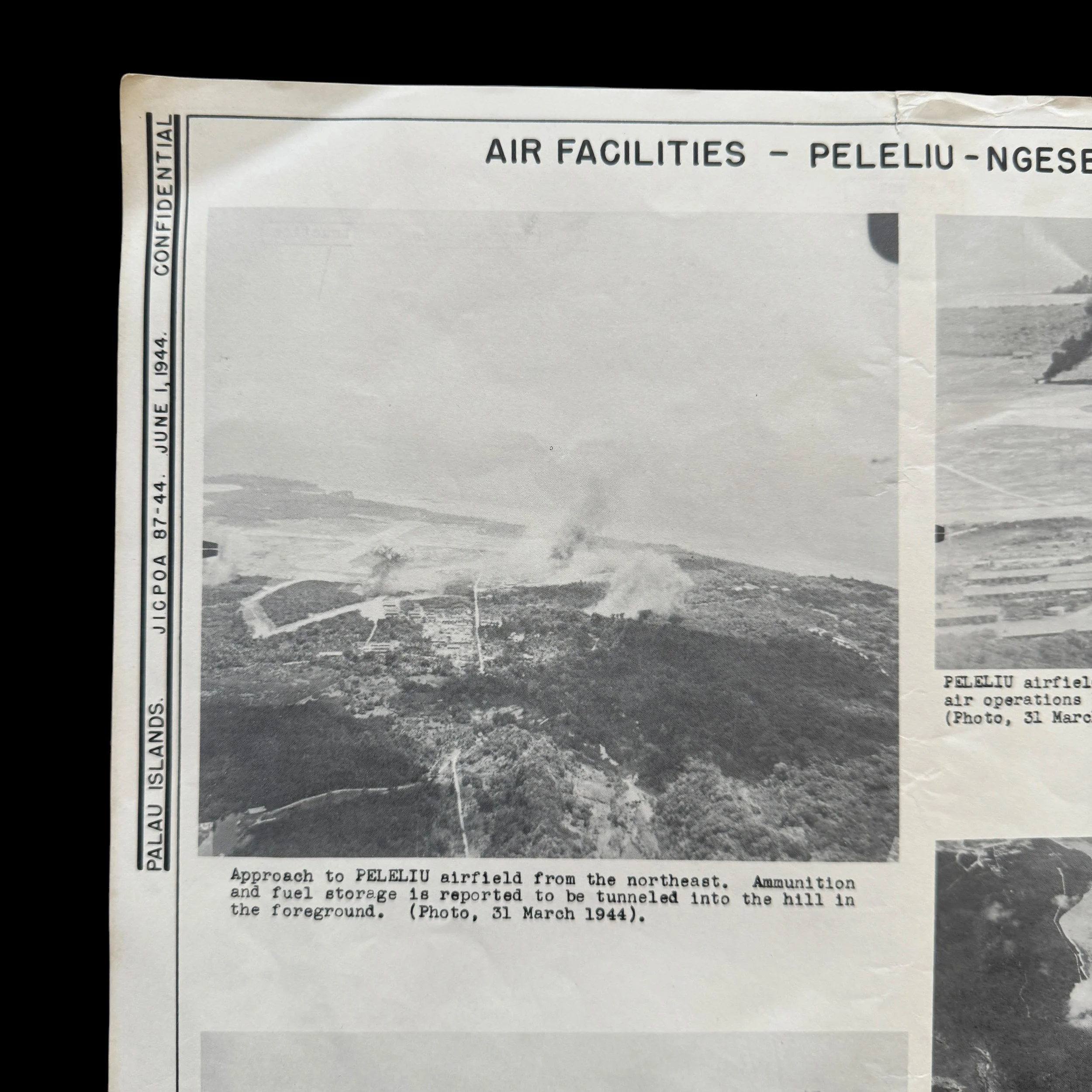
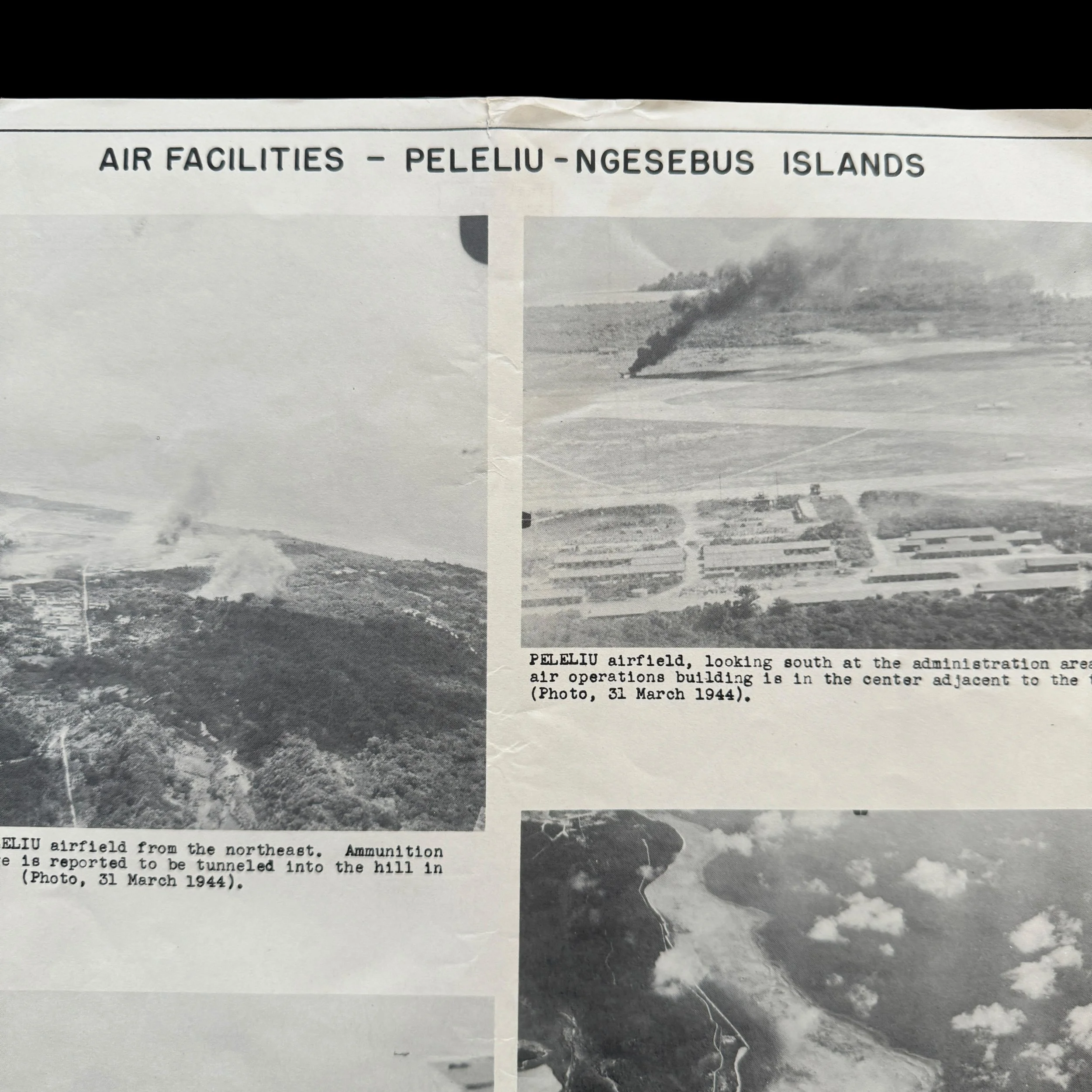
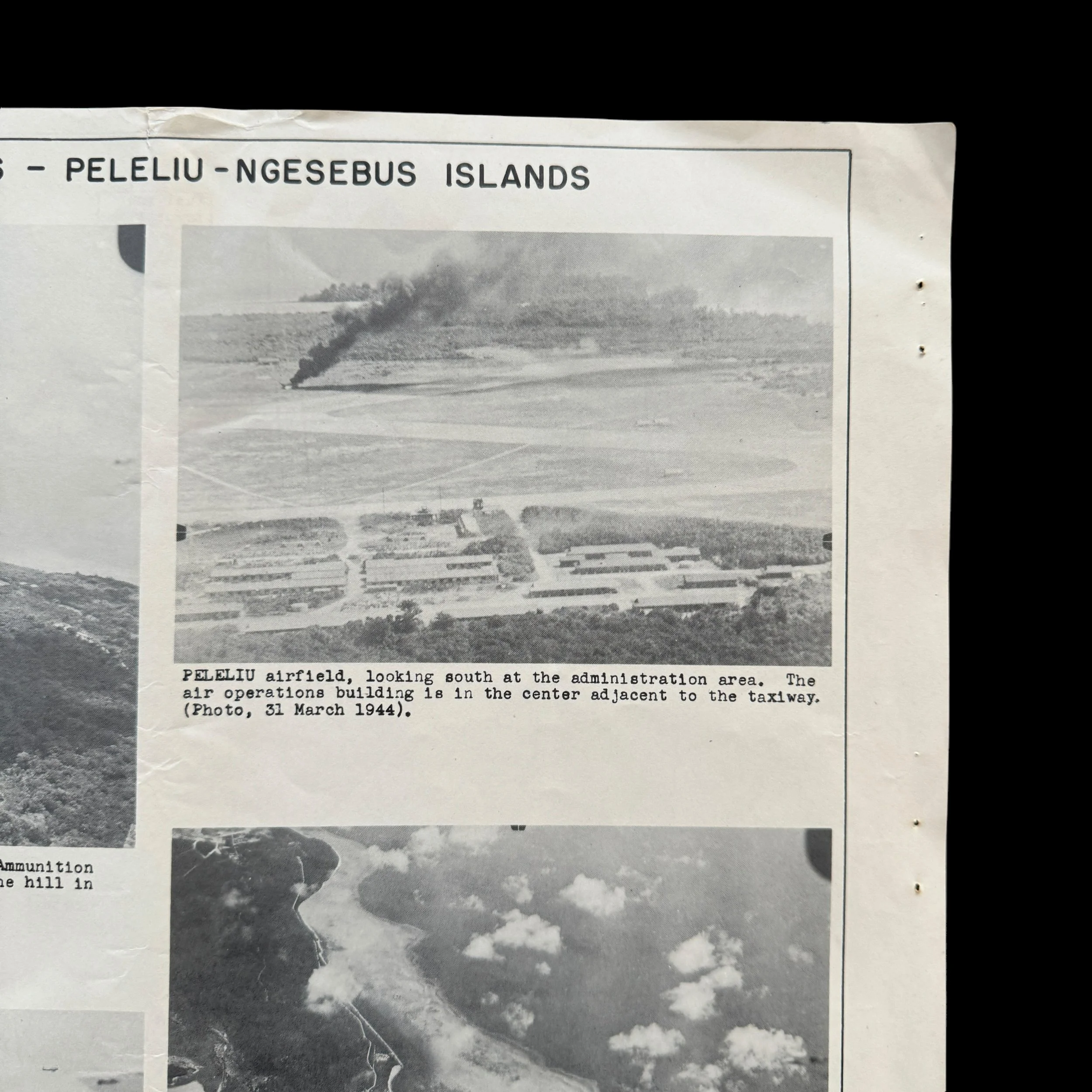
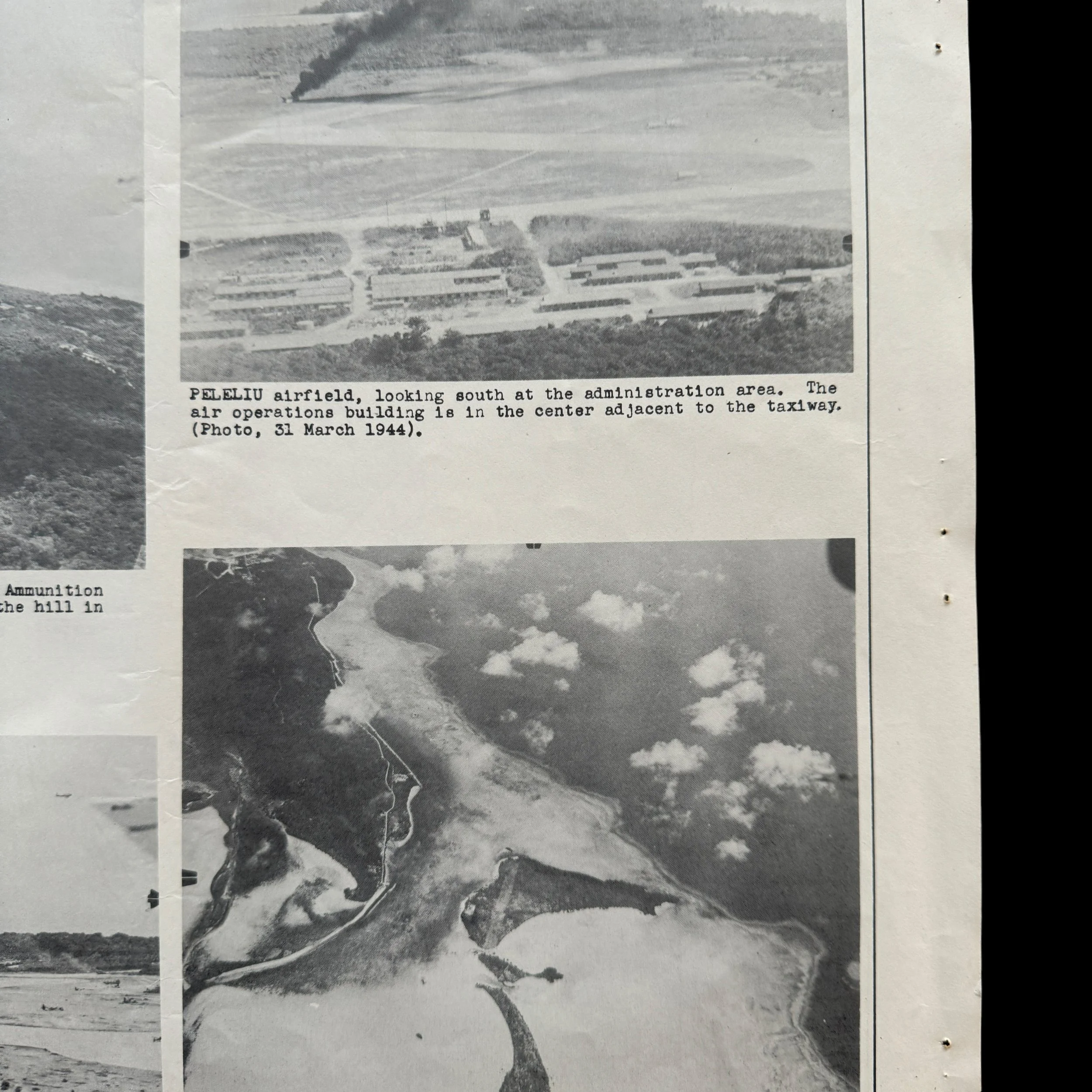
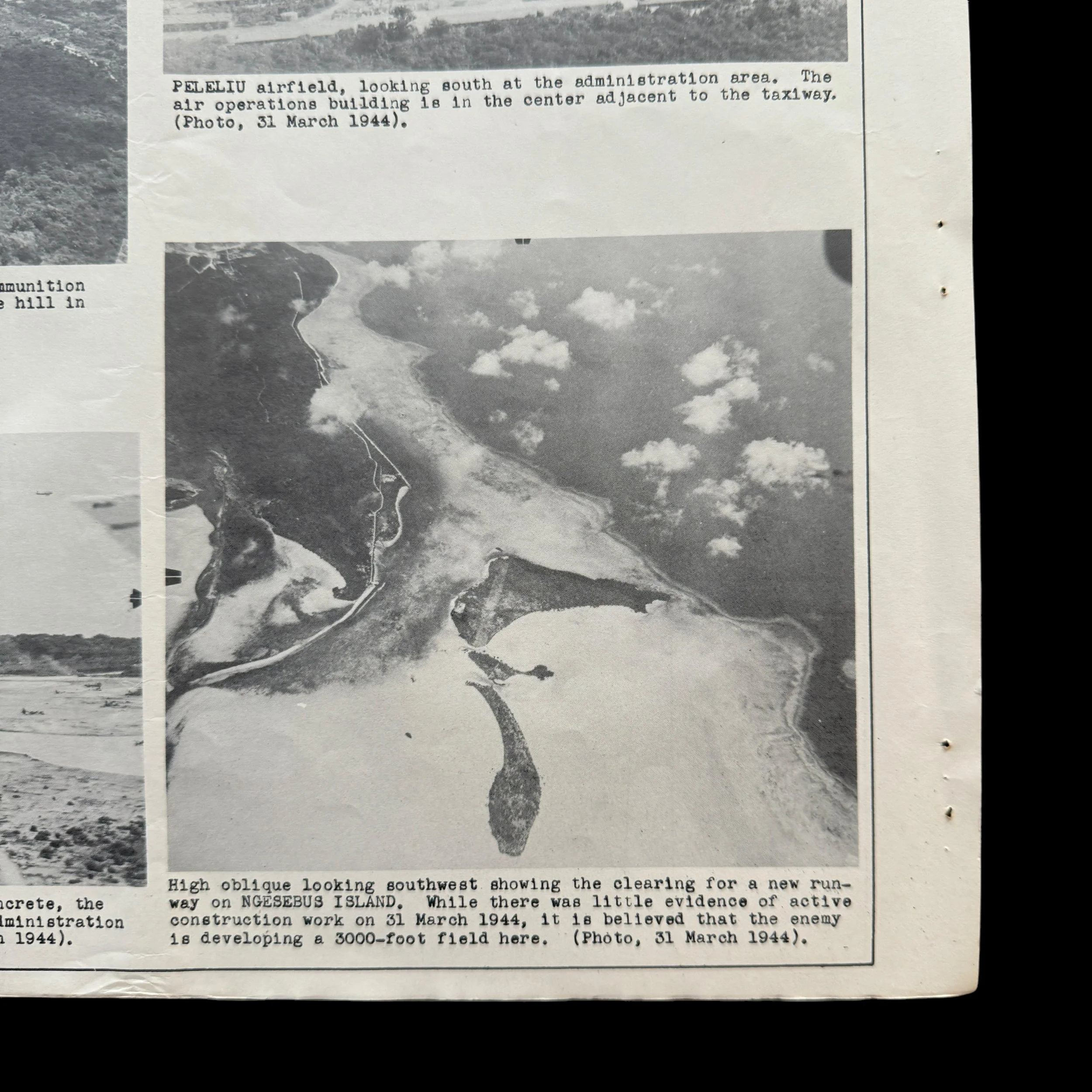
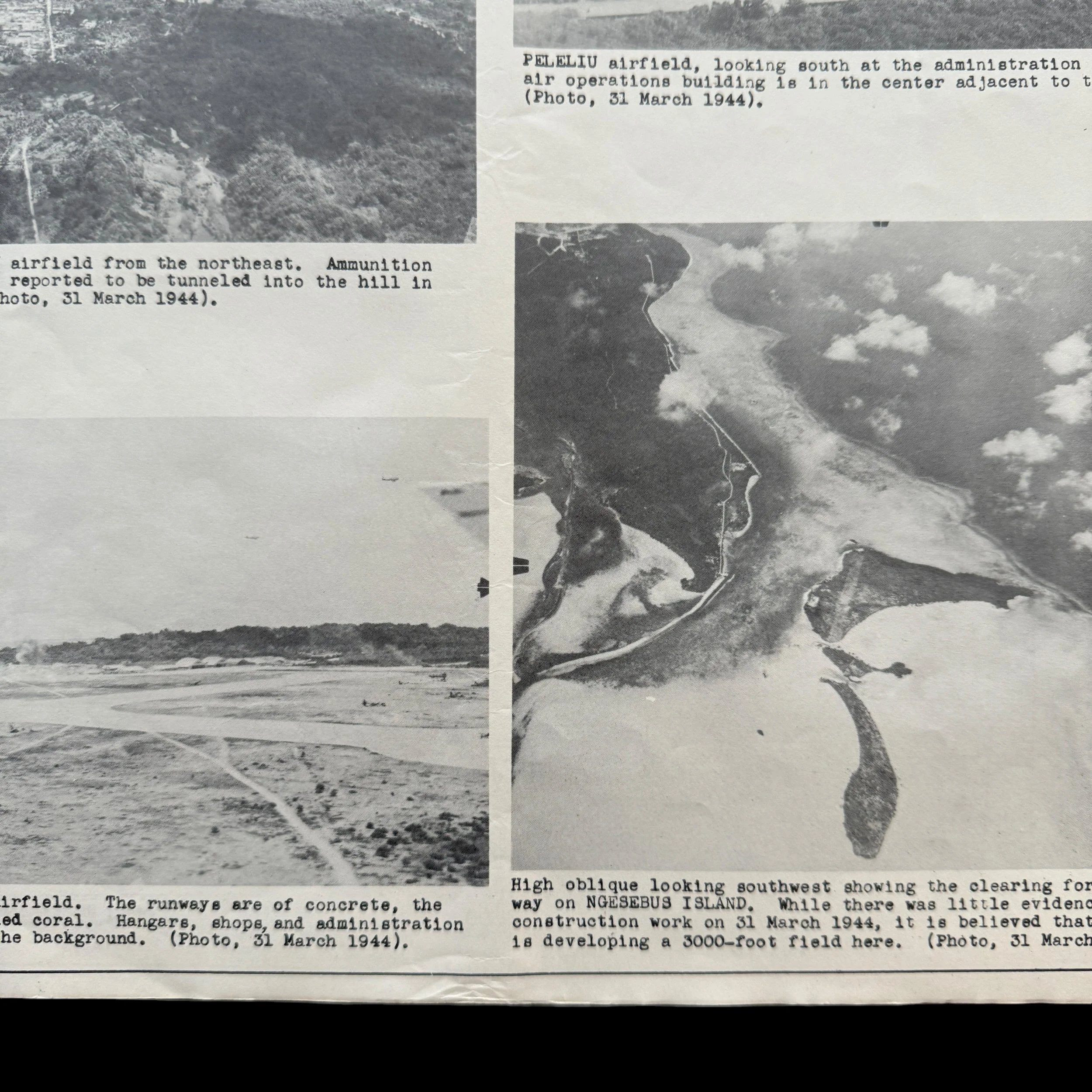
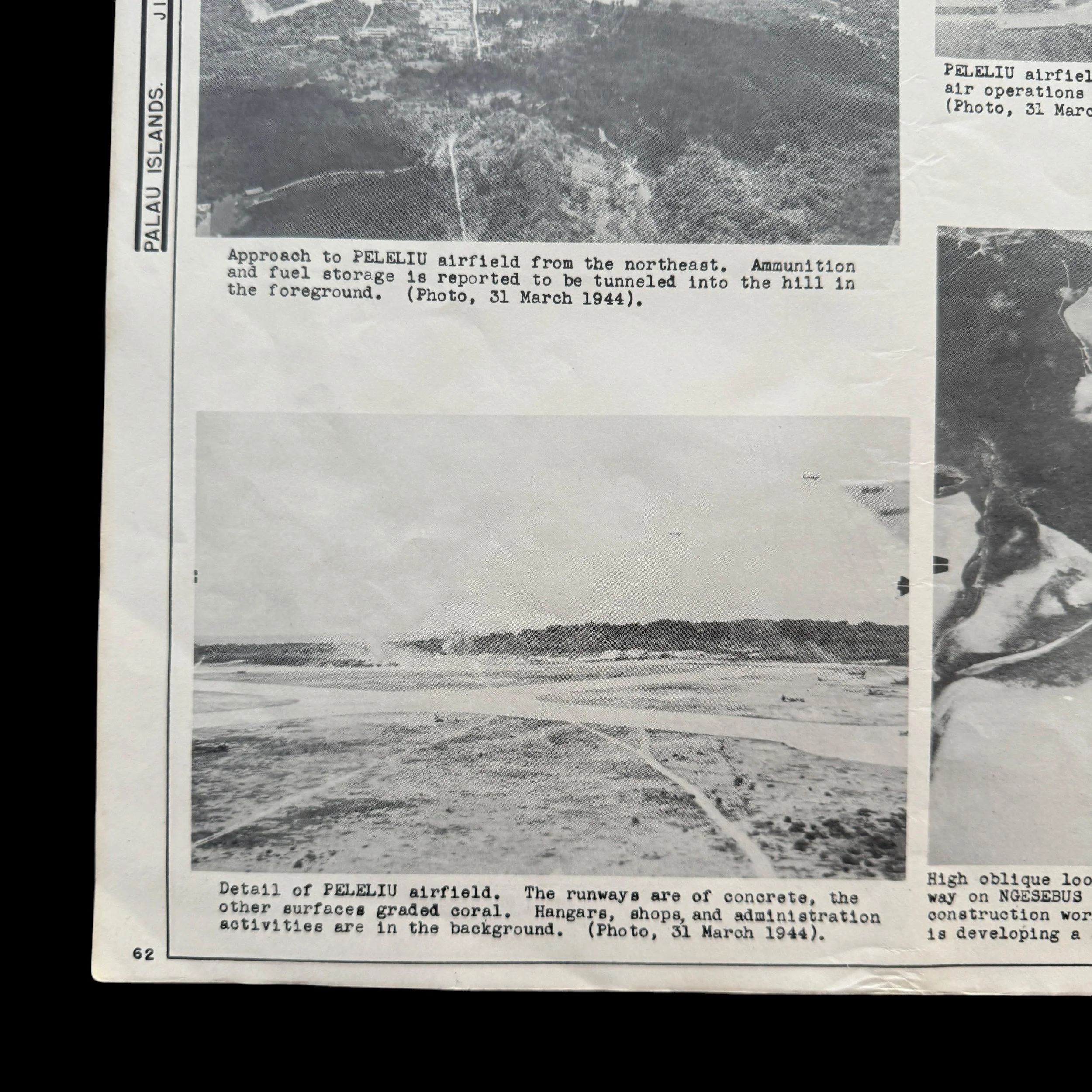
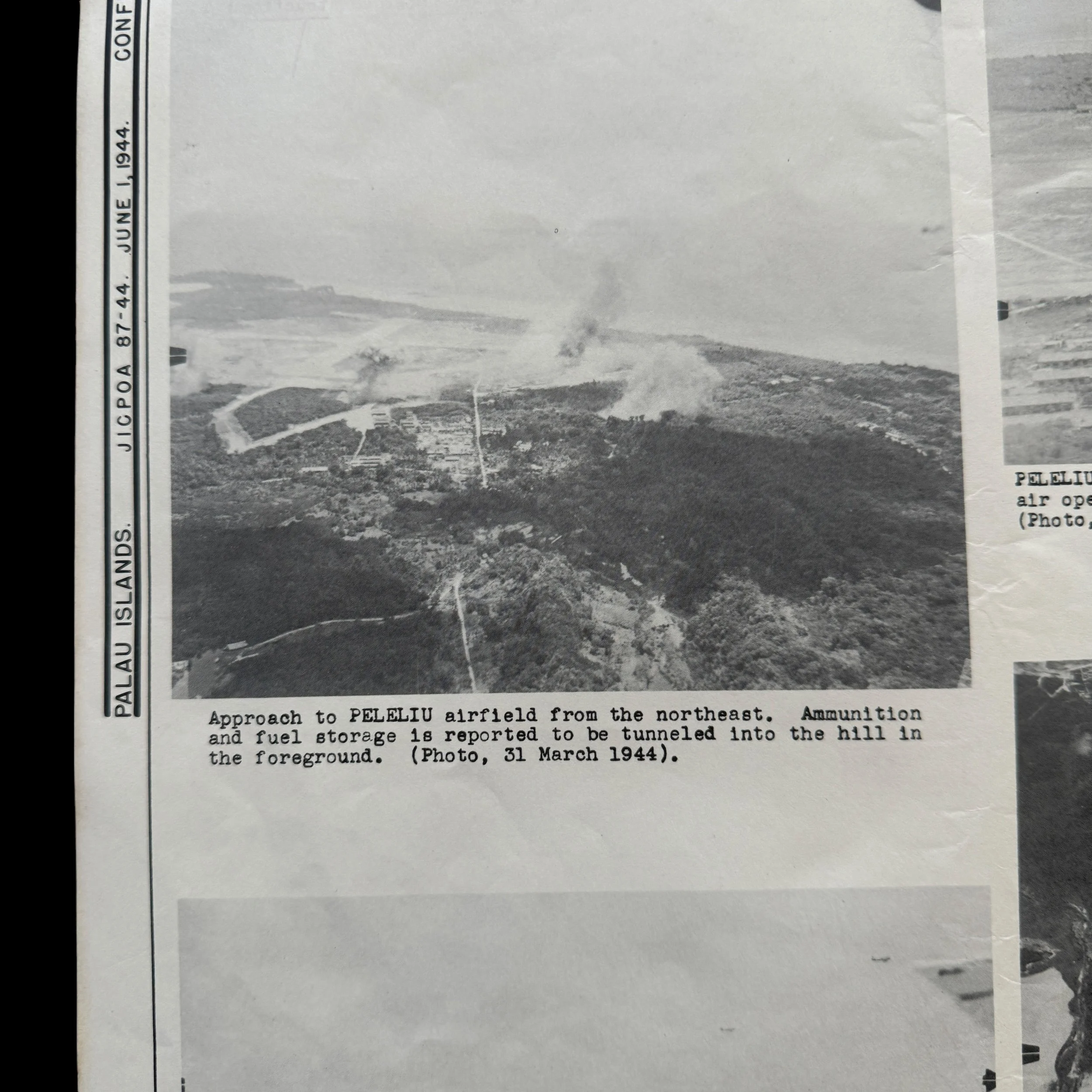








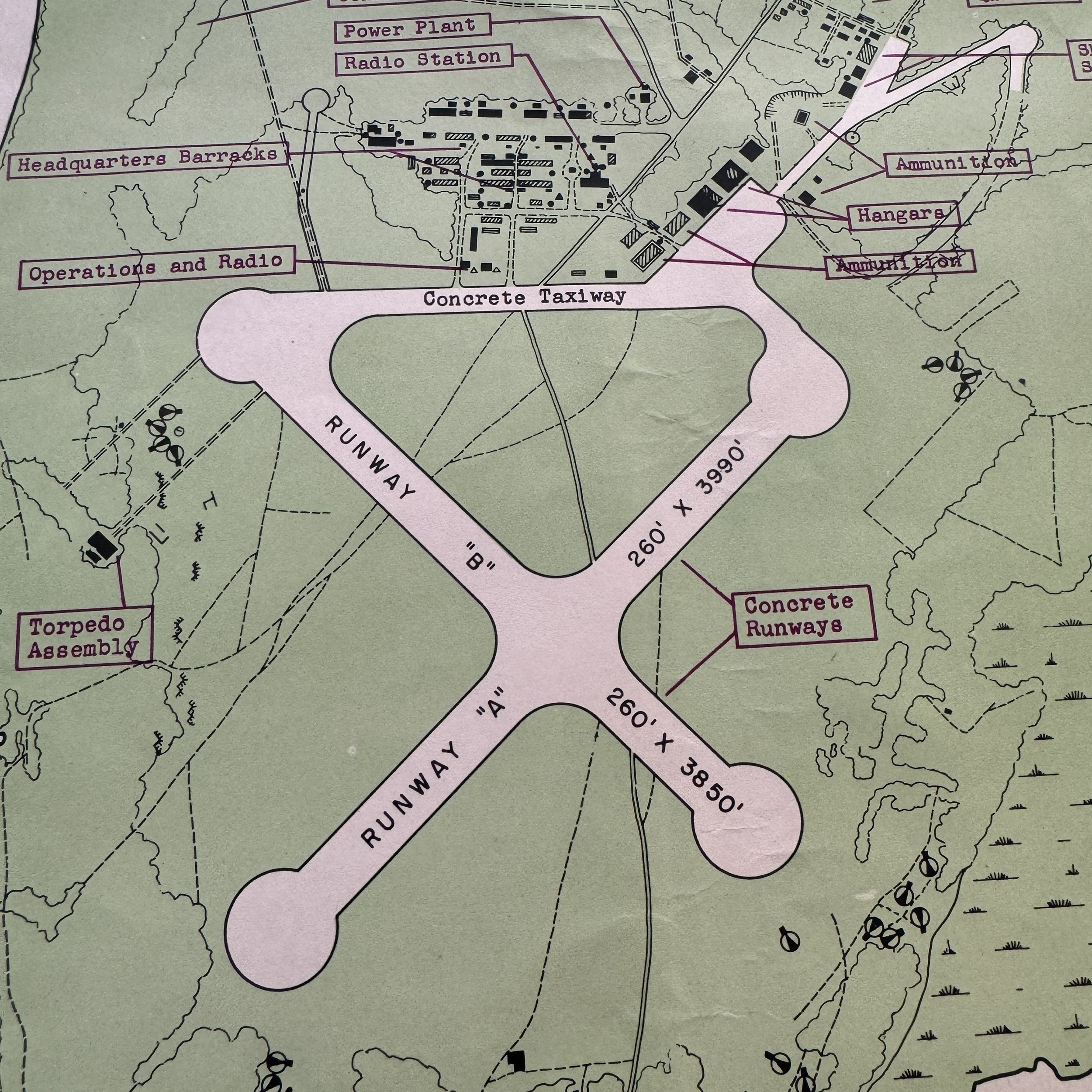
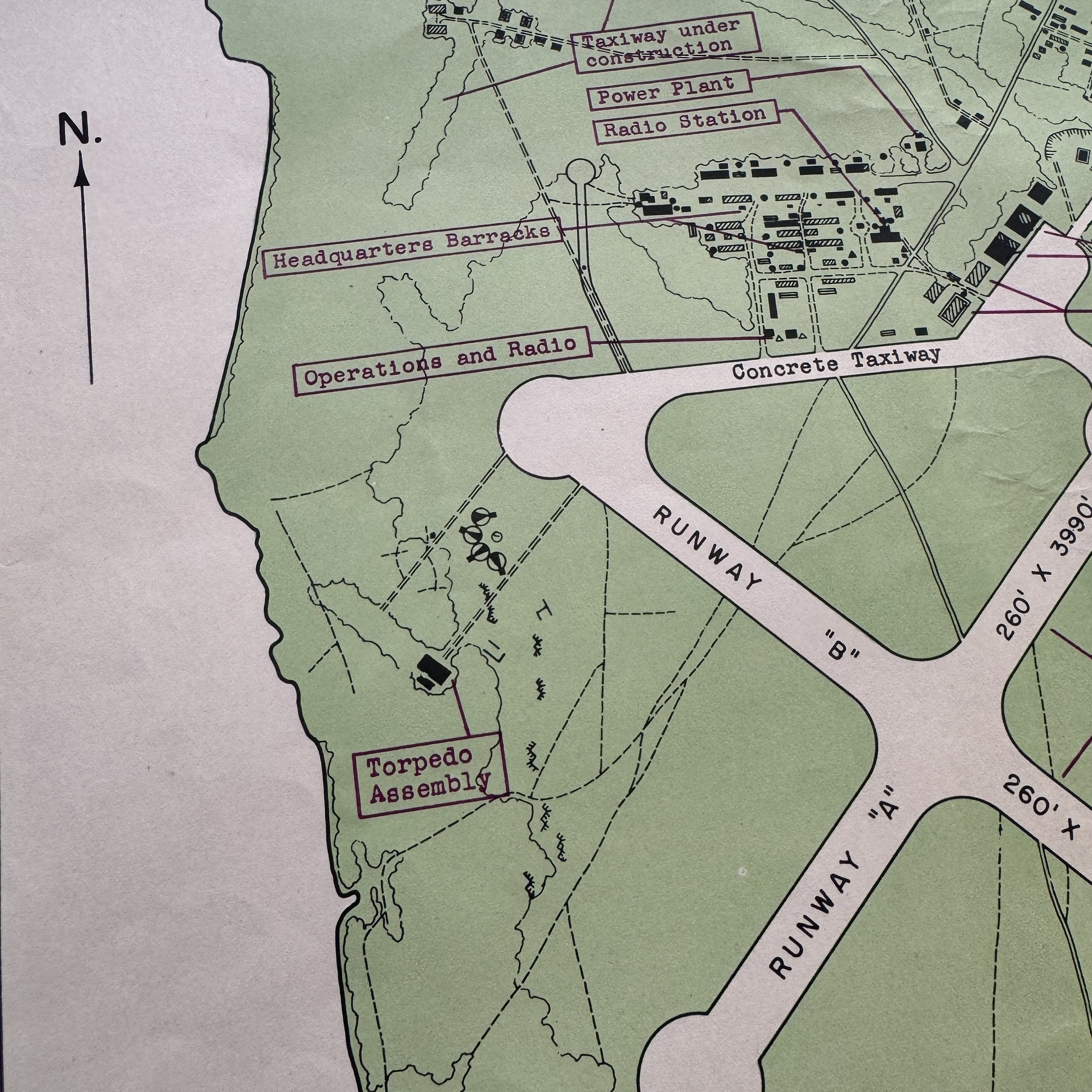



VERY RARE! WWII 1944 Battle of Peleliu Operation Stalemate II CONFIDENTIAL Combat Intelligence Invasion Map & Intelligence Report (Double-Sided)
Comes with a hand-signed C.O.A.
Size: 13 x 14 inches
This incredibly rare and museum-grade WWII artifact is an original World War II Battle of Peleliu (Operation Stalemate II) CONFIDENTIAL marked combat intelligence invasion map and invasion military intelligence report (double-sided).
As per military classification guidelines at the time, it states, “It is recommended that "Top Secret" material - Operation Plans and Orders - be reclassified downward to "Secret or Confidential" prior to the start of an operation by a sufficient length of time to permit of adequate and timely distribution to commanders and officers and concerned. Only when in that area of combat theater can maps, reports, and plans be re-classified as “Restricted” to be used in combat and in the field.”
Dated June 1944 (3 months prior to the D-Day invasion of the Palua Islands) this map was a part of the largest amphibious operation in the Pacific to date, with more than 1,600 ships and craft and more than 800 aircraft deployed.
The Joint Intelligence Center Pacific Ocean Areas (JICPOA) played a pivotal role in producing military intelligence during World War II, particularly in the Pacific Theater. Established in 1943 under the command of Admiral Chester Nimitz, JICPOA was tasked with gathering, analyzing, and disseminating intelligence across the vast Pacific Ocean Area, covering millions of square miles of ocean and land. JICPOA’s multi-branch organization combined resources from the U.S. Army, Navy, Marine Corps, and other intelligence units, making it a hub for coordinated intelligence operations during the war.
One of JICPOA’s most significant contributions during WWII was in the preparation for amphibious assaults, such as the Battle of Peleliu in the Palau Islands, part of the larger Operation Stalemate II in 1944. JICPOA was responsible for producing detailed intelligence maps that were critical for the U.S. military's planning and execution of the invasion. These maps were created from aerial reconnaissance, submarine patrols, and photo interpretation, and they provided precise topographical details, enemy troop positions, and the layout of defensive installations, including the extensive cave networks that Japanese forces used for fortification.
For the Battle of Peleliu, JICPOA’s intelligence maps informed U.S. commanders about the island’s challenging terrain, fortifications, radio systems and more giving the U.S. forces a clearer understanding of what to expect. However, despite these detailed maps and military intelligence, the battle proved more difficult than anticipated due to the Japanese strategy of using fortified positions rather than a direct beach defense, leading to a protracted and costly engagement.
JICPOA’s ability to produce accurate intelligence maps underlined the importance of coordinated intelligence in modern warfare. The maps not only provided essential strategic insights but also saved lives by enabling U.S. forces to better prepare for the enemy’s defenses. In the Battle of Peleliu and other Pacific campaigns, JICPOA’s intelligence gathering and map production were critical in shaping the success of U.S. operations, contributing to the eventual Allied victory in the Pacific.
The Invasion of the Palau Islands: A Focus on the Battle of Peleliu
The invasion of the Palau Islands during World War II, particularly the Battle of Peleliu, stands as one of the most grueling and controversial campaigns in the Pacific Theater. These islands were part of the larger U.S. strategy to isolate and neutralize Japanese forces, paving the way for an invasion of the Philippines and eventually Japan itself. Among the many battles fought in the region, Peleliu is often remembered for the ferocity of the fighting, the high casualty rates, and the strategic importance of the island that was later questioned.
The Battle of Peleliu, fought from September to November 1944, involved the U.S. Marine Corps and later the U.S. Army against a deeply entrenched Japanese garrison determined to resist to the last man. Despite its relatively small size, Peleliu was significant in U.S. military strategy, though the decision to invade the island has been the subject of much historical debate. The fight over Peleliu became one of the bloodiest battles of the Pacific War and one that left an indelible mark on those who experienced it.
Background to the Palau Invasion
The Palau Islands, located in the western Pacific Ocean, were seen as part of the strategic buildup to the planned invasion of the Philippines. These islands, specifically Peleliu and Angaur, were key targets because of their potential to be used as air bases. Admiral Chester W. Nimitz and General Douglas MacArthur had differing views on strategy. While Nimitz focused on a Central Pacific thrust via the Marianas, MacArthur advocated for the recapture of the Philippines. The invasion of Palau fell in line with MacArthur’s goal of supporting the return to the Philippines.
Peleliu, part of the southern Palaus, was home to a small but well-prepared Japanese garrison. The island’s size, about six square miles, belied its potential importance. Its airfield was considered a threat to U.S. forces operating in the Philippines. As part of Operation Stalemate II, the U.S. aimed to take Peleliu, neutralize its airfield, and eliminate the Japanese presence on the island. However, as the battle would soon reveal, the terrain and the Japanese defensive tactics turned this into one of the hardest-fought campaigns of the Pacific War.
Pre-Invasion Planning
Prior to the battle, U.S. military planners underestimated the strength of the Japanese defenses on Peleliu. It was believed that the island could be secured within a matter of days, or at most, a few weeks. In reality, the Japanese garrison, under the command of Colonel Kunio Nakagawa, had spent months preparing for the invasion. Rather than employing the traditional tactic of meeting the invaders at the beach, Nakagawa developed a defensive strategy based on a network of caves, bunkers, and fortifications hidden within the island's jagged coral ridges, particularly the Umurbrogol Mountain, which came to be known by the Americans as “Bloody Nose Ridge.”
Colonel Nakagawa's forces, numbering approximately 10,500 troops, were well-prepared to use the island's geography to their advantage. Peleliu’s coral formations, dense vegetation, and caves provided natural cover and protection against U.S. air and naval bombardments. Rather than engaging in suicidal banzai charges as had been common in earlier Pacific battles, the Japanese intended to inflict maximum casualties on U.S. forces by making them fight for every inch of the island.
The Battle of Peleliu
On September 15, 1944, U.S. Marines of the 1st Marine Division landed on Peleliu under the command of Major General William Rupertus. The pre-invasion bombardment had seemingly devastated the island, but in reality, many Japanese troops remained hidden in their underground fortifications. As soon as the Marines landed, they encountered fierce resistance. The beaches were heavily fortified with Japanese machine-gun nests, artillery, and mortars that poured devastating fire onto the advancing U.S. forces.
The first days of the battle were marked by heavy losses on the American side. The coral reef, which surrounded much of the island, forced many landing craft to stop short of the beach, causing Marines to wade through chest-deep water under intense enemy fire. Once ashore, the Marines faced brutal conditions—blistering heat, lack of water, and relentless Japanese resistance.
One of the central objectives for the Marines was the capture of Peleliu’s airfield, which lay in the center of the island. After several days of intense fighting, the airfield was captured, but this was only the beginning. The true challenge lay ahead in the Umurbrogol Mountain, where the Japanese had constructed an intricate system of tunnels and bunkers. The Japanese defenders, hiding within these fortifications, would emerge to launch surprise attacks, then retreat into the safety of their tunnels.
The battle for the Umurbrogol became a slow, grueling affair. The Marines were forced to clear out the caves one by one, often with flamethrowers and grenades. The Japanese defenders, well-supplied and determined, fought tenaciously. It was during this phase of the battle that the 1st Marine Division suffered its heaviest losses. The heat, coupled with the rugged terrain and fanatical Japanese resistance, took a severe toll on the Marines, leading to many casualties from both combat and heat exhaustion.
By mid-October, the U.S. Army's 81st Infantry Division was brought in to relieve the exhausted Marines and continue the fight. The soldiers of the 81st Infantry continued the slow process of clearing out the remaining Japanese defenders. Despite the hopelessness of their situation, Colonel Nakagawa and his men fought on, refusing to surrender. It was not until November 27, more than two months after the initial landings, that the island was declared secure.
Aftermath and Legacy
The Battle of Peleliu was a costly victory for the United States. The 1st Marine Division suffered over 6,500 casualties, with around 1,300 killed in action. The 81st Infantry Division incurred more than 3,200 casualties. The Japanese losses were even more staggering—of the 10,500 men defending the island, only about 200 were taken alive. Colonel Nakagawa, following Japanese tradition, committed ritual suicide rather than surrender.
The battle has been the subject of much historical debate, particularly concerning the strategic necessity of capturing Peleliu. The island’s airfield was never used in the subsequent invasion of the Philippines, leading many to argue that the heavy losses were not justified by the island’s limited tactical value. However, at the time, U.S. planners believed that leaving Peleliu in Japanese hands would have posed a significant threat to their operations in the Pacific.
For the soldiers and Marines who fought there, Peleliu became synonymous with the harshest realities of war. The battle was characterized by brutal close-quarters combat, extreme environmental conditions, and the psychological toll of fighting an enemy that refused to surrender. The experiences of the men who fought on Peleliu were later depicted in memoirs, documentaries, and television series, most notably in Eugene B. Sledge’s memoir With the Old Breed and the HBO miniseries The Pacific.
The invasion of the Palau Islands, particularly the Battle of Peleliu, remains one of the most significant and controversial campaigns of World War II’s Pacific Theater. While its strategic value has been questioned, the battle demonstrated the tenacity and resolve of both U.S. and Japanese forces. For the Americans, it underscored the challenges they would continue to face in the Pacific, where each island campaign grew more costly and deadly. For the Japanese, Peleliu represented their commitment to a strategy of defense in depth, aimed at inflicting as many casualties as possible on the advancing Americans. The battle's legacy endures, both in the annals of military history and in the personal stories of those who lived through the carnage of Peleliu.